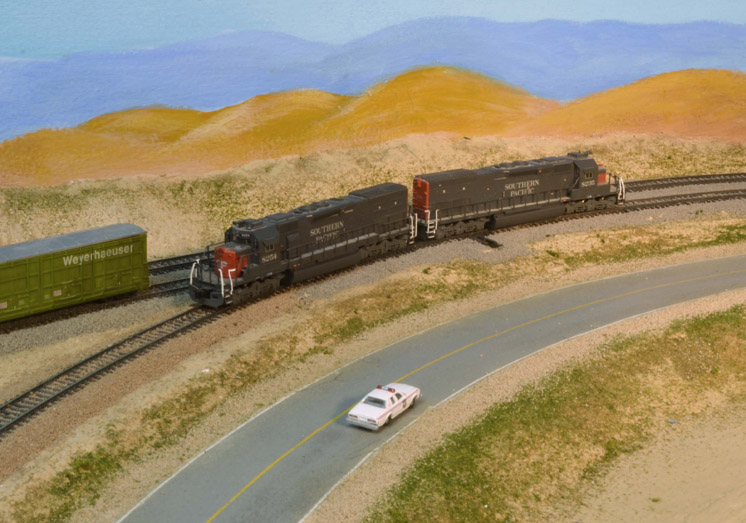
Looking back at all the difficulties there was a single culprit – me. I’ve been reading and enjoying Tony Koester’s “Trains of Thought” column in Model Railroader for years, as well as Andy Sperandeo’s “The Operators.” Between the two of them and lots of other materials, I thought I knew the pitfalls – but I fell right into them anyway.
First of all is preparation. Either of the two aforementioned columnists would tell you not to attempt too much too soon. Start small with a group of just a few friends, and don’t expect them to be mind-readers. Tell them clearly and thoroughly what you want.
Instead, I started with a group of 22. I doubt there’s a home layout in the country that can easily handle such a large group of operators. Luckily, the Codgers realize that, and to them, the morning is as much about camaraderie as it is about operating. If you get to do a couple of jobs, that’s pretty good. Some really don’t want to run anyway and go away happy whether or not they touched a throttle.
Everybody realized that mine would not be a “real” session like the other layout owners typically run. For those, you need operators who know the layout, have run it before, and can help newbies.
Because I was afraid of boring everyone with a lengthy speech, I provided not nearly enough information. In fact, I did little beyond getting up and saying “Okay, let’s run the trains.” And run them they did, but not the ways I had envisioned. I should have filled the crews in on what kinds of trains we’d be running and exactly how we’d be doing it.
I now think it would have been a good idea to send out an e-mail explaining the basic concepts and a few dos and don’ts. That might have led to a better experience for those who read it.
As I’ve mentioned in earlier articles, my N scale layout is about getting long trains up Tehachapi Pass using helper engines. Both the lead units and the mid-train helpers need their own engine crews, because that’s how the Southern Pacific and Santa Fe did it in 1983 and had been doing it for more than a hundred years. This “dance” requires careful coordination between the two crews and is an important part of the fun – to me, it’s the most important part.
Even so, I had said nothing about this particular approach, so trains began appearing with the lead engines and mid-train helpers in a single consist run by a single throttle – which I’ll admit is a perfectly logical way to do it, if you haven’t been told otherwise. And it probably would have worked well if the DCC-equipped engines had all been speed-matched, but they weren’t. I had only grouped up pairs and trios that had to stay together.
The lurching and bucking of mismatched engines led to a lot of derailments and uncouplings and a full load of frustration for the engineers. Fortunately, none of them stormed out or stomped an engine underfoot. Model railroaders are a very patient lot.
Most of you have probably heard or read about how the crews of damaged World War II bombers limping home would start throwing gear overboard – the bomb sight, machine guns, and anything else to lighten ship.
I was feeling the same sort of desperation as the big day drew ever closer, only I was jettisoning plans.
As I discussed in an earlier column, two friends and I had discovered that the little ballet performed by the lead engines and helpers was pretty much impossible unless the cars were equipped with body-mounted couplers.
Unfortunately, almost all the N scale cars we’ve seen over the years come equipped with truck-mounted hitches, and converting them takes a lot of time. I needed about 200 cars for this session; I’d converted only 80-something, enough for three trains.
Then that lightbulb over my head clicked on. Helpers were used only on the eastbound trains; the westbounds didn’t need them and would do just fine with truck-mounted couplers.
I quickly threw two westbound trains together – too quickly, as it turned out. Some cars that hadn’t been checked out caused problems. Usually it was uncoupling pins hanging too low.
Tony Koester wrote about attending a first-time operating session that the crews gave a grade of B. In my case, a D would have been a gift. But you know what? I really want to have another crack at it.
This article originally ran in the January 2014 issue of Model Railroader – Ed.






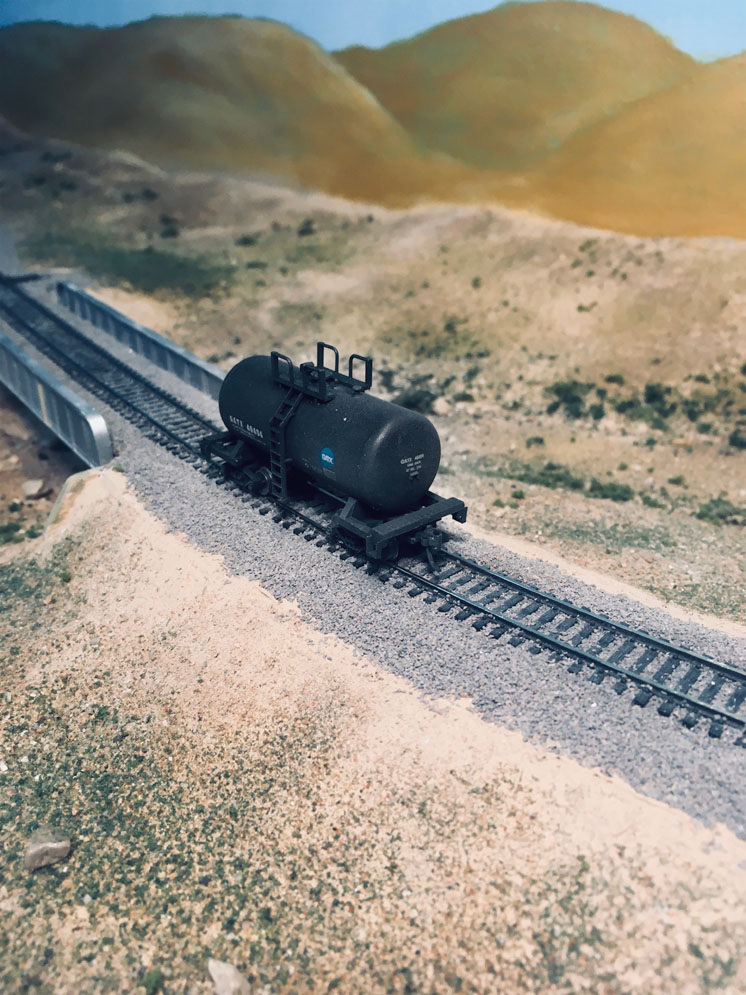
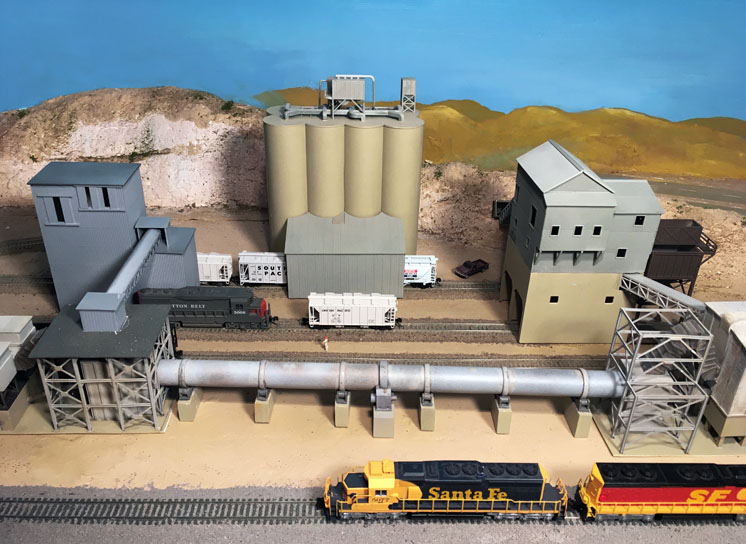
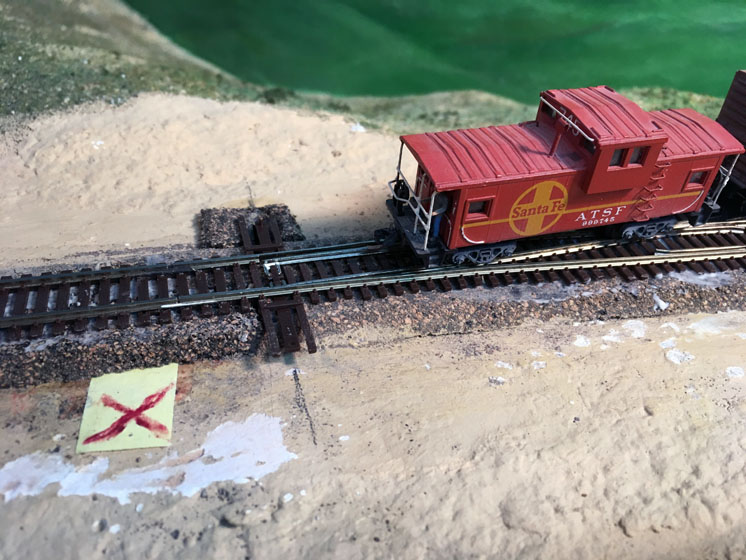
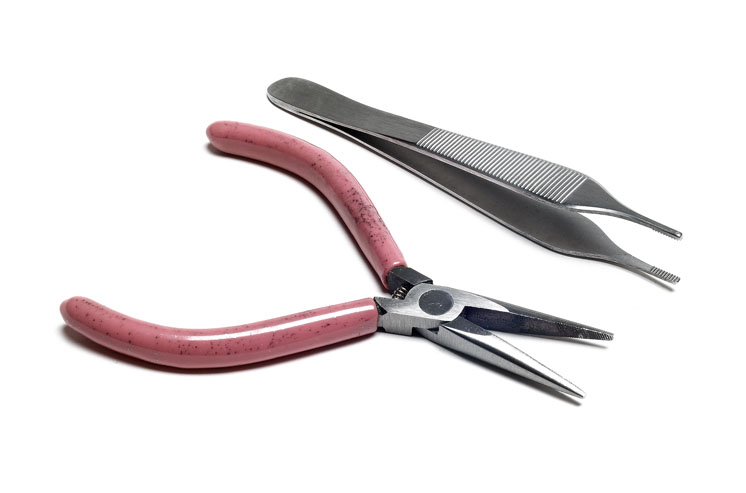




I have an O gauge traction layout with trolley poles. When I am operating solo, seldom a problem, have some visitors, Murphy’s law takes over, what can wrong will go wrong.
As Jim K said, the friends don’t care!!
Thank you for your willingness to write about your difficulties.
Perhaps an article somewhere could explain to new hosts what a briefing should look/sound like.